Having firm, smooth, and wrinkle-free skin is a desire for many people as they enter the aging stage. To address this, a Facelift is one of the most effective cosmetic solutions, significantly improving sagging and loose skin, and bringing a youthful, radiant appearance. To better understand this method, let’s explore the detailed medically standard Facelift procedure.
The Facelift procedure is a complex surgery that requires precision and the surgeon’s experience. Below are the basic steps in a Facelift procedure:
Step 1 – Anesthesia
Before the surgery begins, the anesthesiologist will carry out the necessary preparations to ensure you feel comfortable and pain-free throughout the procedure. There are two main types of anesthesia commonly used:
- General anesthesia: You will be in a deep sleep and will not feel anything during the surgery. This is a common and safe method, closely monitored by the medical team.
- Sedation with local anesthesia: You will receive a mild sedative to relax and feel drowsy, then the surgeon will inject local anesthesia into the area of the face to be operated on. You will remain awake but will not feel any pain..
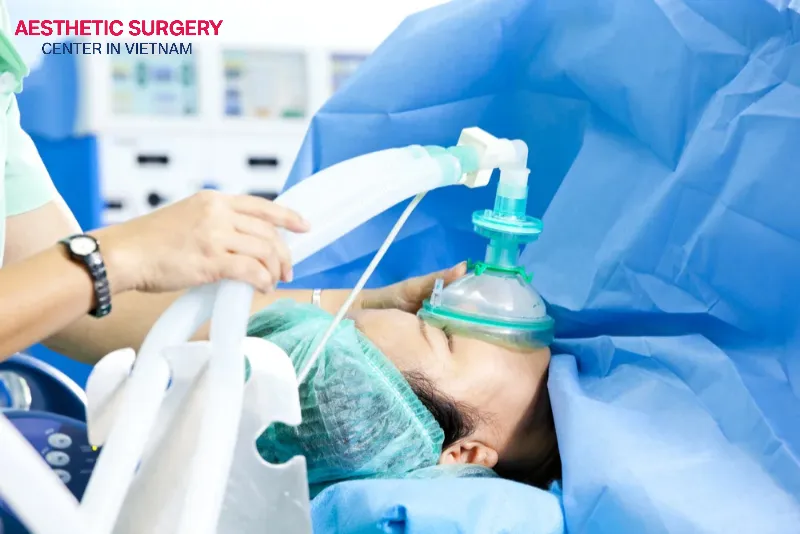
The anesthesiologist will discuss the most suitable option with you based on your health condition, the extent of the surgery, and your personal preferences.
Step 2 – The incision
This step can be called the “heart” of the Facelift procedure, where the surgeon makes incisions to access and adjust the structures beneath the skin. The location and length of the incisions depend on the Facelift method chosen. Specifically:
Traditional facelift
This is the most common technique, suitable for those with significant sagging in the face and neck. The incision starts at the hairline near the temple, extends down in front of the ear, follows the natural curve of the ear, then goes behind the ear and ends at the hairline at the back.
This incision allows the surgeon to lift the entire facial skin, tighten the underlying muscles and tissues within the SMAS system, and effectively remove excess skin and fat. As a result, this method can significantly improve deep wrinkles, jawline definition, and noticeable neck sagging.
- Advantages: Provides comprehensive and long-lasting rejuvenation.
- Disadvantages: May leave longer scars, but they are usually hidden within the hairline and natural folds of the ear, making them difficult to notice once healed.
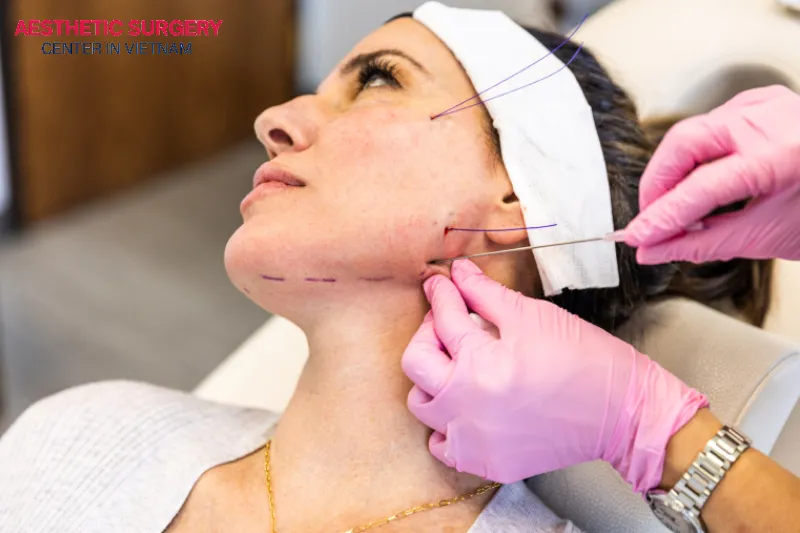
Limited incision
This less invasive technique is usually applied to mild to moderate sagging, focusing mainly on the midface and jawline areas.
The incision for this method is shorter, usually limited to the temple hairline or around the ear, and does not extend far behind the ear. This technique focuses on improving the midface, cheeks, and jawline, with minimal impact on the neck area.
- Advantages: Shorter scars and a quicker facelift recovery time.
- Disadvantages: The results may not be as comprehensive as a traditional Facelift for severe aging cases.

Neck lift
This is usually performed alone or combined with a Facelift to address aging issues in the neck area. The incision typically starts in front of the earlobe, extends around the ear, and reaches the hairline at the back. Additionally, a small incision under the chin may be made if excess fat needs to be removed or the neck muscles tightened.
The purpose of this method is to eliminate horizontal neck wrinkles, remove loose skin and excess fat under the chin, and correct the “turkey neck” appearance caused by sagging platysma muscle bands.
Advantages: Helps the neck appear slimmer, smooth, and firm, creating harmony with a rejuvenated face.
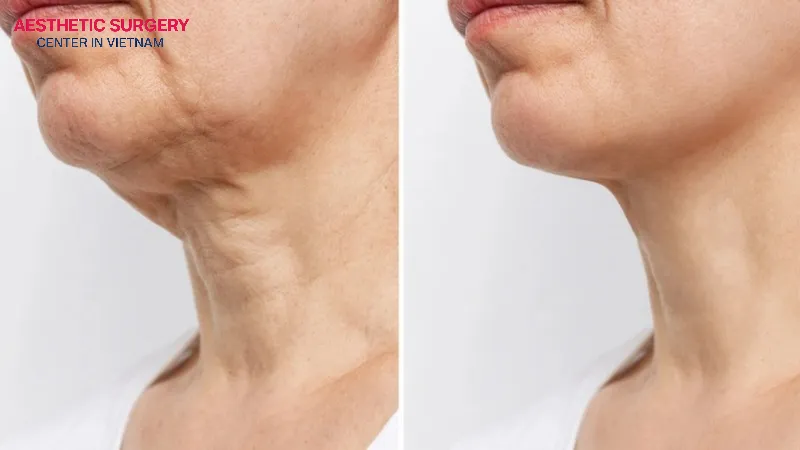
Step 3 – Closing the incisions
After the surgeon adjusts the muscle layers and removes excess skin and fat, the remaining skin is gently stretched and carefully sutured.
- Suturing technique: The surgeon uses small, delicate cosmetic stitches to close the incisions. The sutures are usually hidden within the natural hairline, in front of or behind the ear, to make the scars as inconspicuous as possible.
- Drainage: In some cases, a small drain may be placed under the skin to remove excess fluid or blood, preventing excessive swelling and bruising. This drain is usually removed within 1–2 days after surgery.
- Compression: The face and neck are gently wrapped to reduce swelling and bruising and to support the healing process.

Step 4 – See the results
After the surgery, you will need some time to recover. The initial results may not be obvious due to swelling and bruising, but they will gradually become visible over time.
- Initial results: The skin on the face and neck will appear firmer, wrinkles will be softened, and the jawline will look more defined.
- Final results: Usually become most visible after a few weeks to a few months, once swelling and bruising have fully subsided. The skin will look significantly more youthful, fresh, and radiant. The effects of a Facelift can last for many years, depending on individual physiology, lifestyle, and the natural aging process.

From this article, we can see that the facelift procedure is a cosmetic surgery that requires careful preparation and the choice of a reputable surgeon and medical facility. Therefore, if you want to rejuvenate your face with this method, always research thoroughly and consult with experts to achieve safe and satisfactory results. Contact the Aesthetics Surgery Center for detailed information about the service.











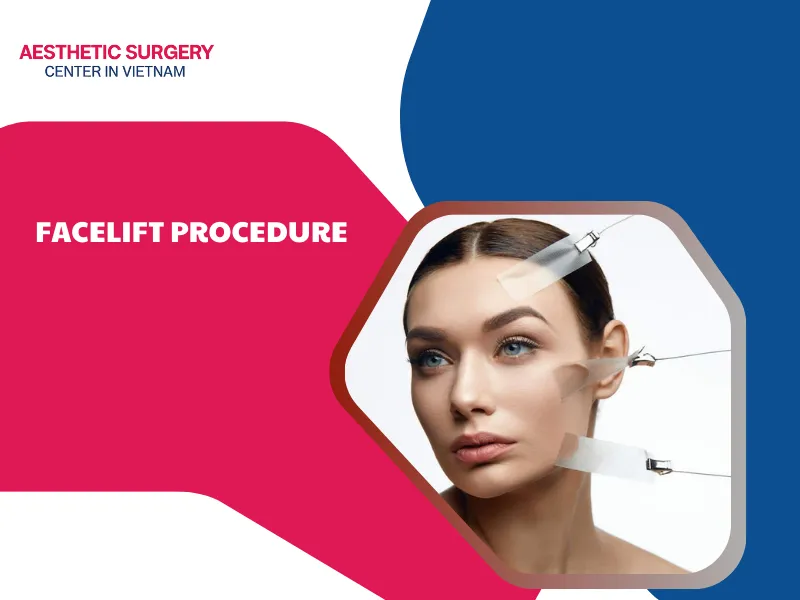


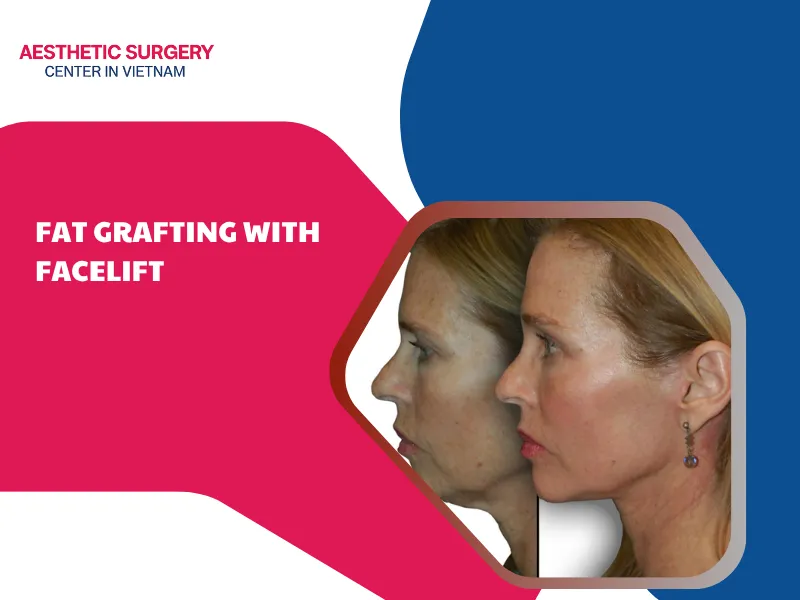
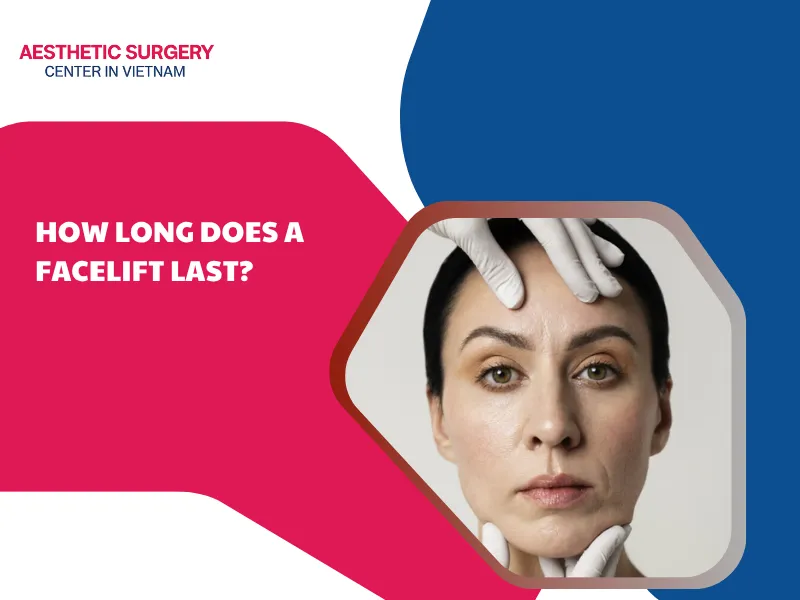




Comment on the post